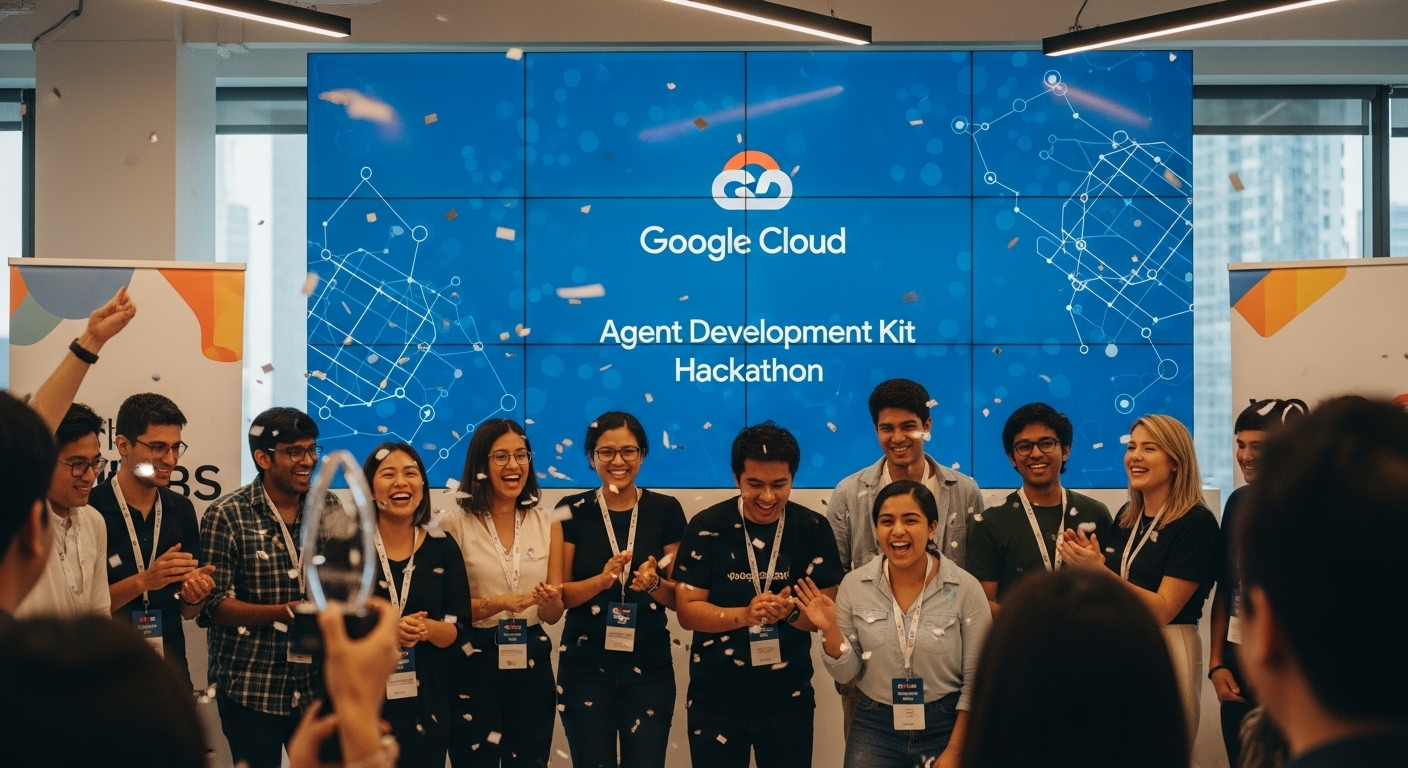The New Data Scientist: Architecting the Future of Business
The world of data science is undergoing a fundamental transformation. No longer confined to simply analyzing data, the field is evolving towards the design and construction of sophisticated, intelligent systems. This shift demands a new breed of data scientist – the “agentic architect” – whose expertise will shape the future of businesses across all industries.
From Analyst to Architect: Building Intelligent Systems
Traditional data scientists excelled at data analysis: cleaning, uncovering patterns, and building predictive models. These skills remain valuable, but the agentic architect goes further. They design and build entire systems capable of learning, adapting, and making decisions autonomously. Think of recommendation engines that personalize your online experience, fraud detection systems that proactively protect your finances, or self-driving cars navigating complex environments. These are examples of the intelligent systems the new data scientist is creating.
The “agentic architect” brings together a diverse skillset, including machine learning, cloud computing, and software engineering. This requires a deep understanding of software architecture principles, as highlighted in the paper “Foundations and Tools for End-User Architecting” (http://arxiv.org/abs/1210.4981v1). The research emphasizes the importance of tools that empower users to build complex systems, underscoring the need for data scientists to master these architectural fundamentals.
Market Trends: Deep Reinforcement Learning and Agentic AI
One rapidly growing trend is Deep Reinforcement Learning (DRL). A study titled “Architecting and Visualizing Deep Reinforcement Learning Models” (http://arxiv.org/abs/2112.01451v1) provides valuable insights into the potential of DRL-driven models. The researchers created a new game environment, addressed data challenges, and developed a real-time network visualization, demonstrating the power of DRL to create intuitive AI systems. This points towards a future where we can interact with AI in a more natural and engaging way.
Looking ahead, “agentic AI” is predicted to be a significant trend, particularly in 2025. This means data scientists will be focused on building AI systems that can independently solve complex problems, requiring even more advanced architectural skills. This will push the boundaries of what AI can achieve.
Essential Skills for the Agentic Architect
To thrive in this evolving landscape, the agentic architect must possess a robust and diverse skillset:
- Advanced Programming: Proficiency in languages like Python and R, coupled with a strong foundation in software engineering principles.
- Machine Learning Expertise: In-depth knowledge of algorithms, model evaluation, and the ability to apply these skills to build intelligent systems.
- Cloud Computing: Experience with cloud platforms like AWS, Google Cloud, or Azure to deploy and scale AI solutions.
- Data Engineering: Skills in data warehousing, ETL processes, and data pipeline management.
- System Design: The ability to design complex, scalable, and efficient systems, considering factors like performance, security, and maintainability.
- Domain Expertise: A deep understanding of the specific industry or application the AI system will serve.
The Business Impact: Unlocking Competitive Advantage
Businesses that embrace the agentic architect will gain a significant competitive edge, realizing benefits such as:
- Faster Innovation: Develop AI solutions that automate tasks and accelerate decision-making processes.
- Enhanced Efficiency: Automate processes to reduce operational costs and improve resource allocation.
- Better Decision-Making: Leverage AI-driven insights to make more informed, data-backed decisions in real-time.
- Competitive Edge: Stay ahead of the curve by adopting cutting-edge AI technologies and building innovative solutions.
In conclusion, the new data scientist is an architect. They are the builders and visionaries, shaping the next generation of intelligent systems and fundamentally changing how businesses operate and how we interact with the world.

